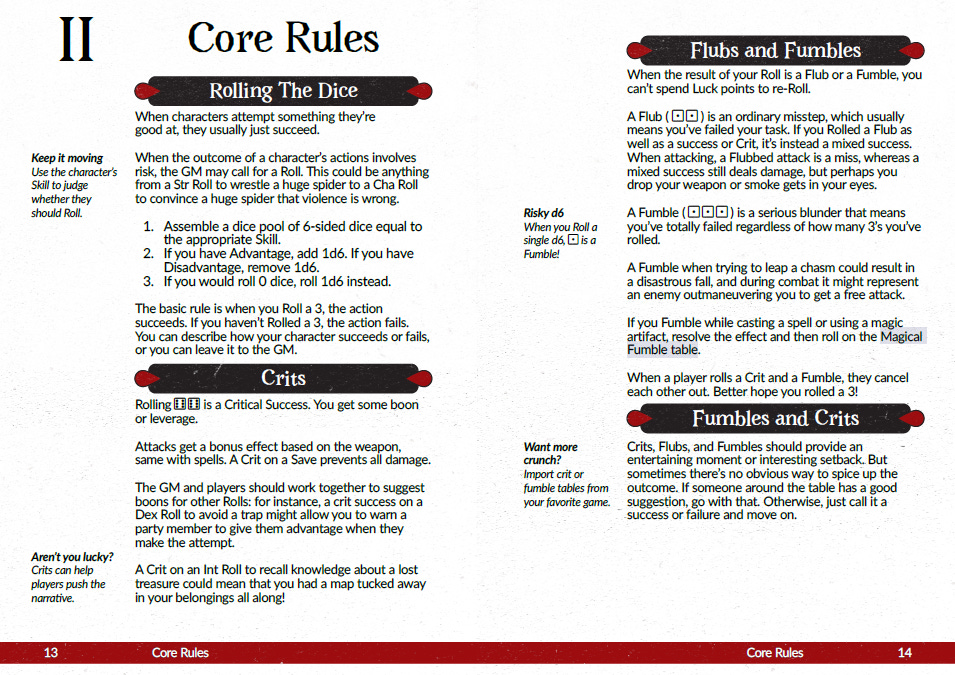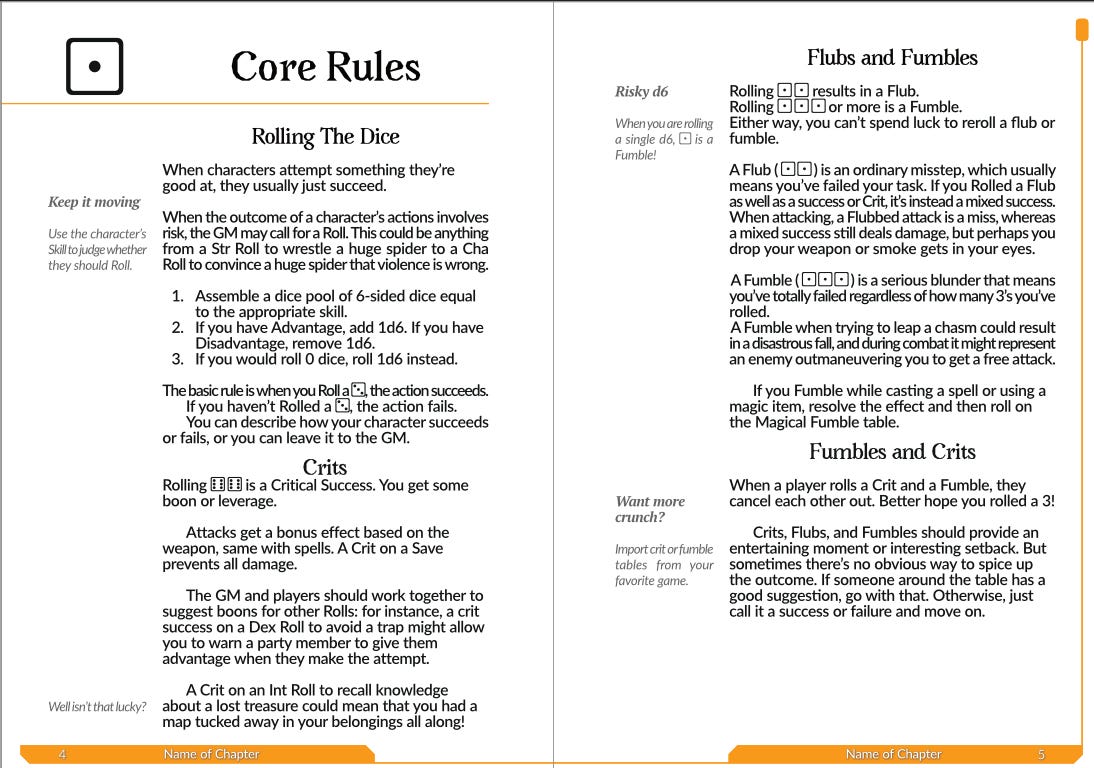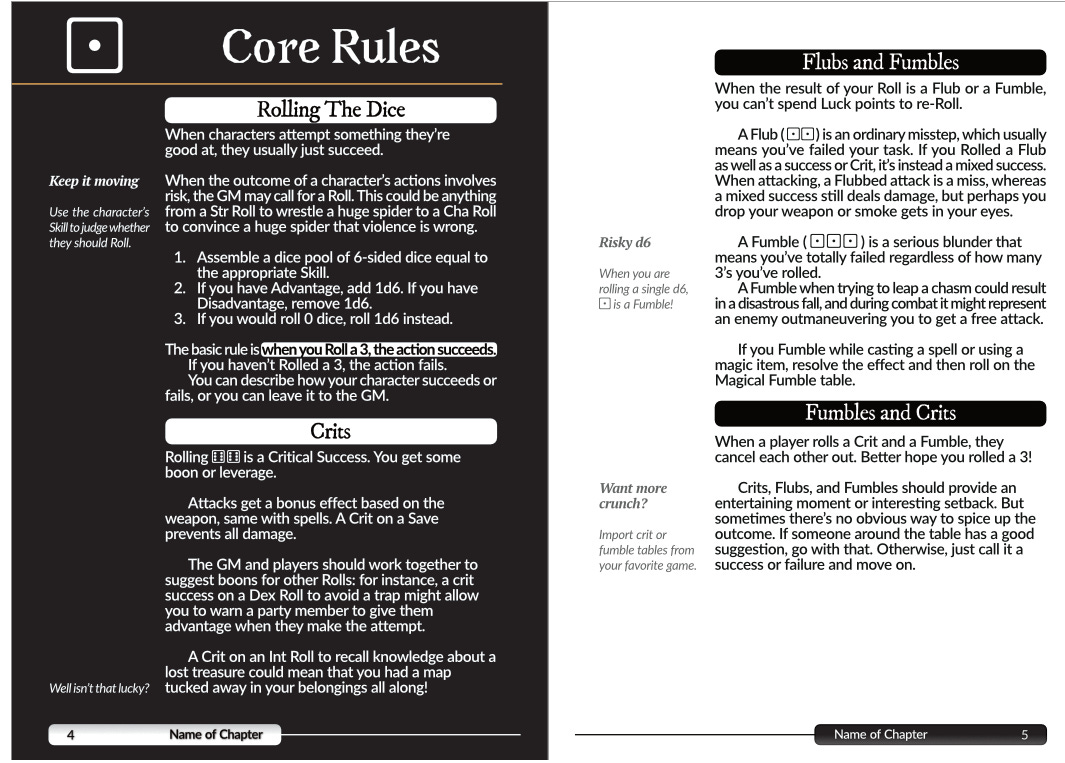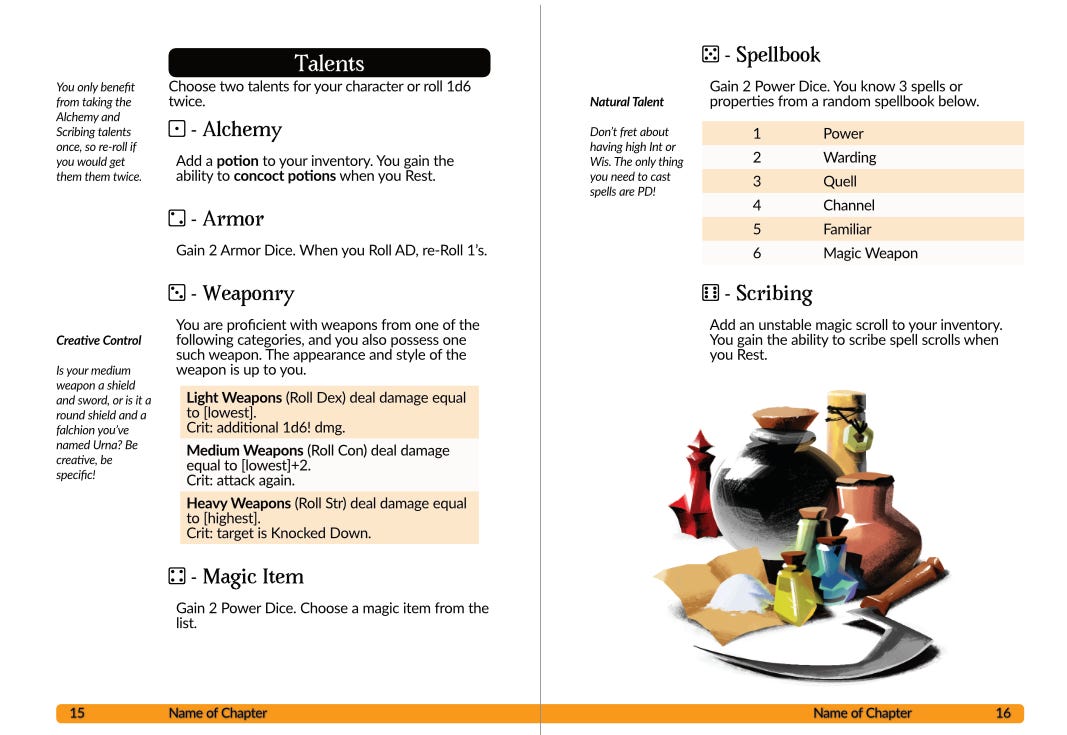Looking at effective and beautiful design is a treat. Anyone can enjoy eye-pleasing design regardless of whether they understand organs within, or the methods of the talented surgeon who put them there. It’s true that there is nothing original. Everything is derivative. The tone, the color, the lines: it’s been done.
And yet, everything is original. Even a forgery contains the aspect of the artist. Especially a bad forgery.
Allow me to sidestep the embroglio of AI generated art to arrive at my point.
Plan Ahead
Effective design begins with a plan. How will the final product look and feel? What aesthetic are we going for? Designers use this criteria to curate the designs they examine for inspiration and perform a beautiful synthesis in their heads. To begin with, trawling through volumes of inspiration to find the right thing to get ideas from is an art all its own. But then taking that inspiration and using it to inform your own work? That’s a task for a “Capital D” Designer.
That’s Frankenstein in his lab. That’s the forgery artist making a collage, an original.
Having effective, well-defined design goals allows you to start with a finish line in sight. Working from the top down instantly removes a vast many uncertainties. When you start from a position of knowing what colors and textures you want and where things should fall on the page, you have far fewer decisions to make. That frees up several days worth of time to look at fonts (and then ultimately decide to go with the first font you looked at).
(I Don’t) Plan Ahead
I’m not a designer. I don’t deserve the appellation, let alone the Capitalization. And I am most certainly not an artist. Let me demonstrate:
In highschool, I was seated beside a friend of mine, a talented artist, and with an encyclopedia open between us on a desk, we both drew a moose from a photo. In mere minutes she had a sketch that was immediately recognizable as a moose. Meanwhile, the scrawl I had perpetrated looked more like an oven mitt with rickets. My lines were all wrong: the wrong size, the wrong shape, all in the wrong places. Yet the reference picture was right there.
This was a lesson that the ability to bring an image from my mind onto the paper was one I lacked. That software wasn’t installed. I cannot draw a bicycle from memory, nor by looking at one; I can’t tell you which parts should be in shadow, given the lighting.
Like a ship in a bottle, I can visualize an image but I cannot get it out.
So I took up writing.
Graphic Design for Dummies
As I began designing RPGs, I looked at what Designers do. They look at good designs and pillage, adopt, and adapt. Same as writers. However, while I can look to other designs for inspiration, I lack the encoding that converts vibes into structure and back again.
Where one would expect that complex algebra to happen—the synergy of strengths, the metamorphosing of concepts—in my head there is only a desolate, sweeping wind.
So I must do some improvisation when I approach graphic design. The same way I would twist and work at a sentence, I look at every little piece on its own and try to make it look right, try to nudge it toward the ideas and themes I’m getting at. I work from the ragged fringe and hunt my way to the crystalline ideal at the center. The hope is that everything will cohere in the end, but what that end result will be is vague until it is revealed, as a sculpture from marble.
If you read the paragraph above and reach the conclusion that I am somehow not an active participant in the artistic decisions I am making, I assure you that is precisely how it feels. It’s all improv.
This is a tremendously wasteful process. While working on Brightknife, I spent hours designing and redesigning the page footer. Starting from a maximalist approach with many lines and details, I finally worked my way toward something that “feels right.”
I believe that means I’m working on the principle that “you’ll know it when you see it,” as used by an expert telling the layperson what to look for. I know what shapes will compliment the fonts, and what forms may suit the theme, and I can format a table. But my brain needs me to compare each idea to the next to be sure.
See that page footer? Can you believe that it took me five hours to decide on that?
Below are three spreads, the trial-and-error designs that eventually led to the final product above.
Creating a design plan is difficult for me because in order to evaluate what works, I need to create it and see it, not envision it. Lots of mocking up, pairing colors, comparing fonts, and so on. That’s exhausting. It’s less effort to just start at the fringe and build all the small parts and thereby see the sculpture begin to take form.
Get Good
My goal is to develop better habits and processes around design. At least get an outline together and set down some rules to work smarter, not harder. I may have no natural talent for it, but I can learn.
Working with artists and designers on projects helps. It accelerates osmosis. Learning the vocabulary of design allows for better categorization and recognition, so you can understand why choices are being made. Again, it’s an iterative process for me. When I find something that “feels right” I make an effort to understand why, and make infinitesimal progress toward learning the arcane art of Making the Thing look Good.
What about you?
Now that I’ve described the worst possible way of going about it, I want to hear from you.
How do you approach design, and what important lessons have you learned? What’s your checklist for a new project? If you get caught in the weeds wasting time on the details, how do you break out?
The artistic process is deeply personal and unique. By scrutinizing it, we learn more about the medium, the ways we think about it, and we learn about ourselves.






